
Concept explainers
(a)
Interpretation:
Structure of missing substance in the given reaction that involves amides has to be drawn.
Concept Introduction:
Amides are synthesized using amidification reaction. This involves a reaction between
(a)
Answer to Problem 17.138EP
Structure of the missing substance is,

Explanation of Solution
Given reaction is,

The starting material is a carboxylic acid and a primary amine. The product obtained on amidification reaction between carboxylic acid and a primary amine is a secondary amide. This is formed by the loss of water molecule. The structure of the secondary amide that is formed can be given as,

The complete reaction can be given as,

Structure of the missing compound is drawn.
(b)
Interpretation:
Structure of missing substance in the given reaction that involves amides has to be drawn.
Concept Introduction:
Amides are synthesized using amidification reaction. This involves a reaction between amine and carboxylic acid. In this reaction, the
(b)
Answer to Problem 17.138EP
Structure of the missing substance is,

Explanation of Solution
Given reaction is,

As the nitrogen atom present in the above amide has two hydrogen atoms bonded to it and the amide is a primary amide. Primary amide is produced by the reaction of ammonia with carboxylic acid. The structure of carboxylic acid can be found as shown below,
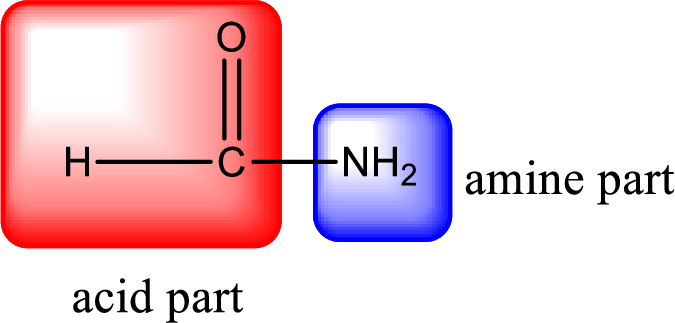
Hydrogen atom has to be added to the amine part and
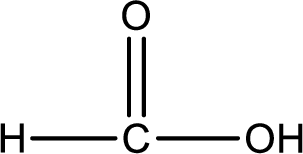
The complete reaction can be given as,

Structure of the missing compound is drawn.
(c)
Interpretation:
Structure of missing substance in the given reaction that involves amides has to be drawn.
Concept Introduction:
Amides are synthesized using amidification reaction. This involves a reaction between amine and carboxylic acid. In this reaction, the
(c)
Answer to Problem 17.138EP
Structure of the missing substance is,
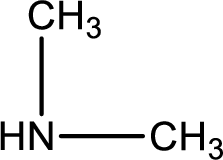
Explanation of Solution
Given reaction is,

As the nitrogen atom present in the above amide has no hydrogen atoms bonded to it, the amide is a tertiary amide. Tertiary amide is produced by the reaction of secondary amine with carboxylic acid. The parent compound structures can be identified as shown below,
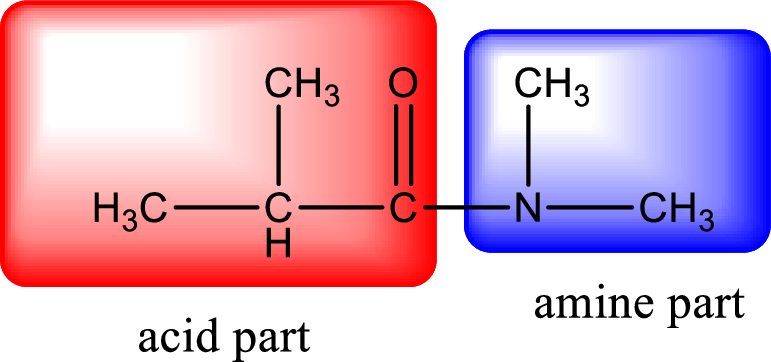
Hydrogen atom has to be added to the amine part and
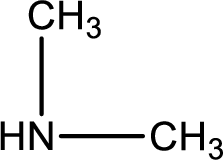
The complete reaction can be given as,

Structure of the missing compound is drawn.
(d)
Interpretation:
Structure of missing substance in the given reaction that involves amides has to be drawn.
Concept Introduction:
Amides are synthesized using amidification reaction. This involves a reaction between amine and carboxylic acid. In this reaction, the
(d)
Answer to Problem 17.138EP
Structure of the missing substance is,
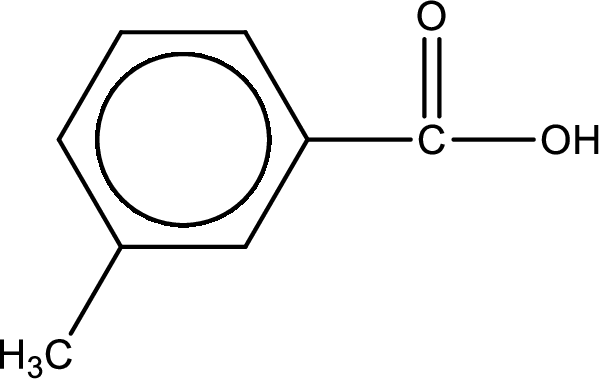
Explanation of Solution
Given reaction is,

As the nitrogen atom present in the above amide has one hydrogen atom bonded to it and the amide is a secondary amide. Secondary amide is produced by the reaction of primary amine with carboxylic acid. The structure of carboxylic acid is given and the structure of primary amine has to be found out.
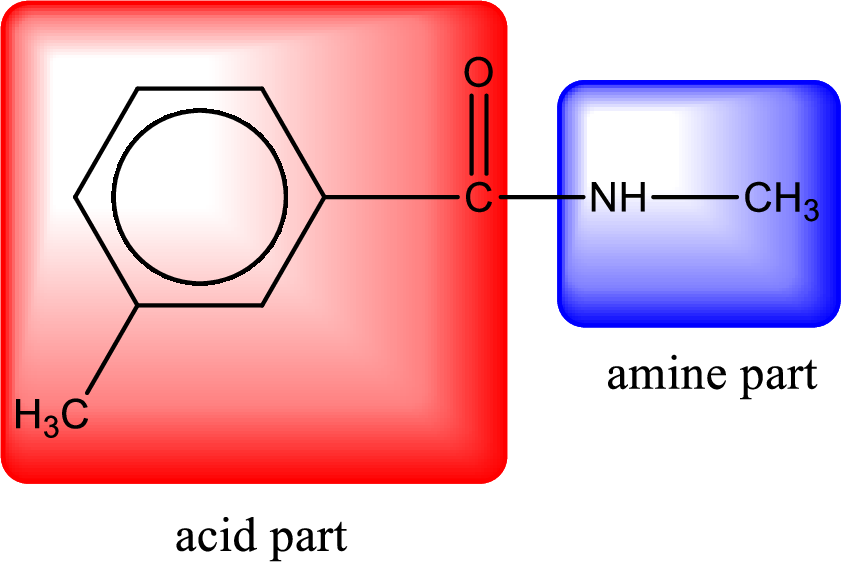
Hydrogen atom has to be added to the amine part and
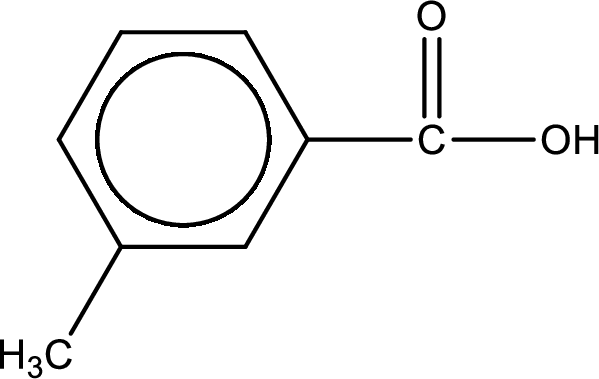
The complete reaction can be given as,

Structure of the missing compound is drawn.
Want to see more full solutions like this?
Chapter 17 Solutions
Study Guide with Selected Solutions for Stoker's General, Organic, and Biological Chemistry, 7th
- in the scope of the SCH4U course! please show all steps as im still learning how to format my answers in the format given, thank you!arrow_forwardhelp me solve this HWarrow_forwardMolecules of the form AH2 can exist in two potential geometries: linear or bent. Construct molecular orbital diagrams for linear and bent CH2. Identify the relevant point group, include all of the appropriate symmetry labels and pictures, and fill in the electrons. Which geometry would you predict to be more stable, and why? (Please draw out the diagram and explain)arrow_forward
- Indicate the variation in conductivity with concentration in solutions of strong electrolytes and weak electrolytes.arrow_forwardThe molar conductivity of a very dilute solution of NaCl has been determined. If it is diluted to one-fourth of the initial concentration, qualitatively explain how the molar conductivity of the new solution will compare with the first.arrow_forwardWhat does the phrase mean, if instead of 1 Faraday of electricity, Q coulombs (Q/F Faradays) pass through?arrow_forward
- What characteristics should an interface that forms an electrode have?arrow_forwardFor a weak acid AcH, calculate the dissociated fraction (alpha), if its concentration is 1.540 mol L-1 and the concentration [H+] is 5.01x10-4 mol L-1.arrow_forwardIf the molar conductivity at infinite dilution of HAC is A0 = 390.5 S cm² mol¹. Calculate the Arrhenius conductivity of a 9.3% by weight solution of HAc with a pH of 3.3. Data: molecular weight of HAC is 60.05 g/mol and the density of the solution is 1 g/cm³.arrow_forward
- If the molar conductivity at infinite dilution of HAC is A0 = 390.5 S cm² mol¹. Calculate the Arrhenius conductivity of a 9.3% by weight solution of HAc with a pH of 3.3. Data: molecular weight of HAC is 60.05 g/mol and the density of the solution is 1 g/cm³.arrow_forwardIf the molar conductivity at infinite dilution of HAC is A0 = 390.5 S cm² mol¹. Calculate the Arrhenius conductivity of a 9.3% by weight solution of HAc with a pH of 3.3. Data: molecular weight of HAC is 60.05 g/mol and the density of the solution is 1 g/cm³.arrow_forwardDetermine the distance between the metal and the OHP layer using the Helm- holtz model when the electrode's differential capacitance is 145 μF cm². DATA: dielectric constant of the medium for the interfacial zone &r= lectric constant of the vacuum &0 = 8.85-10-12 F m-1 = 50, die-arrow_forward
 General, Organic, and Biological ChemistryChemistryISBN:9781285853918Author:H. Stephen StokerPublisher:Cengage Learning
General, Organic, and Biological ChemistryChemistryISBN:9781285853918Author:H. Stephen StokerPublisher:Cengage Learning Organic And Biological ChemistryChemistryISBN:9781305081079Author:STOKER, H. Stephen (howard Stephen)Publisher:Cengage Learning,
Organic And Biological ChemistryChemistryISBN:9781305081079Author:STOKER, H. Stephen (howard Stephen)Publisher:Cengage Learning, Chemistry for Today: General, Organic, and Bioche...ChemistryISBN:9781305960060Author:Spencer L. Seager, Michael R. Slabaugh, Maren S. HansenPublisher:Cengage Learning
Chemistry for Today: General, Organic, and Bioche...ChemistryISBN:9781305960060Author:Spencer L. Seager, Michael R. Slabaugh, Maren S. HansenPublisher:Cengage Learning Organic ChemistryChemistryISBN:9781305580350Author:William H. Brown, Brent L. Iverson, Eric Anslyn, Christopher S. FootePublisher:Cengage Learning
Organic ChemistryChemistryISBN:9781305580350Author:William H. Brown, Brent L. Iverson, Eric Anslyn, Christopher S. FootePublisher:Cengage Learning



